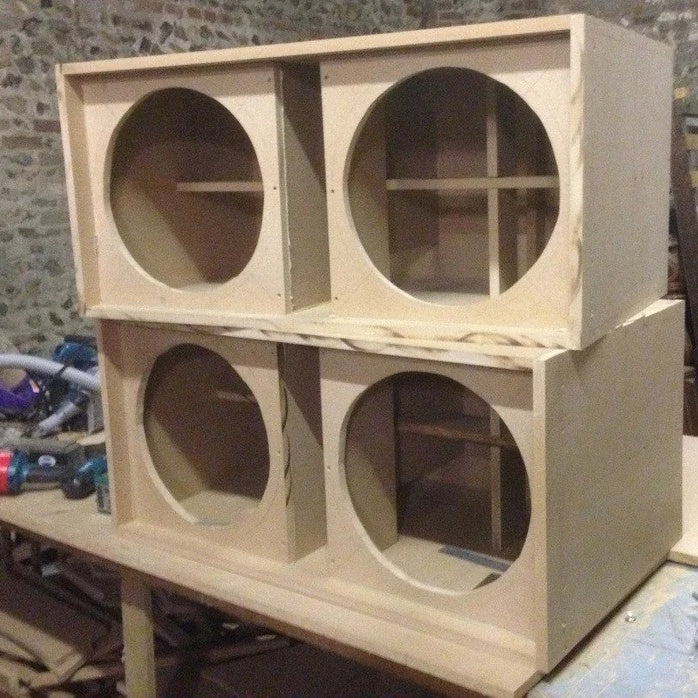Making your own full-range speaker or subwoofer is less complicated than people think, especially in the summertime, as you can work outside.
The Tools You Need to Make A Speaker Cabinet:
1. Wood Saw, a hand or electric jigsaw (rent from £1 day)
2. Screwdriver
3. Hammer
4. Tape Measure
5. Clamps (rent from £1 day)
You don’t need to buy these tools, borrow them, go to https://www.libraryofthings.co.uk/ or https://fatllama.com/uk
You can get the local timber merchant or joiner to cut all the wood for you; all you need to do is assemble it.
PA speaker plans are free to download from the following websites, and experts are on hand to guide you.
Here are two popular sites to get the plans. https://freespeakerplans.com or https://www.speakerplans.com
If you are touring with your speakers, please use birch plywood or a very strong BB-grade plywood, as it is more capable of withstanding the rigours of gigging.
For static, home, or light use, MDF is a solid solution. Many tests prove that MDF is often preferred because it is denser than plywood, and many critics say it “produces a better sound.”
Building your own speakers gives you the freedom to:
· Select the colour of your speakers
· Attach wheels
· Add extra handles
· Use up old duvets and pillows for damping
· Custom design the dimensions to fit easily in a vehicle
Making your own speakers means you can tune them to your taste to match your music without relying on others' perception. Manufacturers with different values and ideas often voice their speaker cabinets to their preferred genre of music in the country they live in or where they were raised.
If you make your own speakers, you will be able to create your own unique image, colour, and sound. Equally important, you will save money, get noticed by creating a talking point, and be the envy of others.
Bishopsound stock all the transducers you need to make your own speakers visit www.bishopsound.com or call Andrew on 07973 223949 for more information.


Share:
BishopSound champions product repairability and longevity
No Compromises:
Why PA Professionals Are Switching to BishopSound